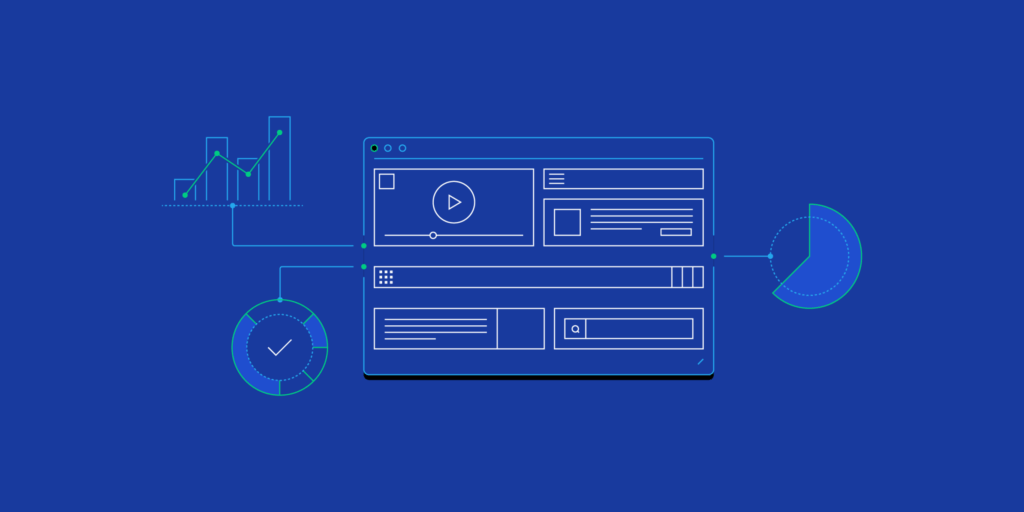Most people think if a customer adds something to their cart, they’re already sold.
The hard part is done, right?
Wrong.
What many online sellers don’t realize is… adding to cart doesn’t mean buying.
In fact, the cart is where most customers disappear. They came, they clicked, they filled the cart… then they vanished. Why?
That’s where things get interesting.
Shipping fees, confusing checkout pages, slow-loading websites, even the tiniest delay can make a shopper back out. And the worst part?
It’s not always your product; it’s the small things around it.
In this post, we’ll show you 12 eye-opening cart abandonment statistics that will completely change how you think about your store’s checkout experience.
You’ll see real numbers that reveal why people leave, when they leave, and what you can fix today to win them back.
If you sell online… whether it’s fashion, food, digital products, or gadgets… you need to understand this.
Because if you don’t know why carts are being abandoned, you’ll keep losing sales you already earned.
So, here are the statistics…
In this article
1. The average cart abandonment rate is 70.19%
This means that 7 out of every 10 people who add items to their cart don’t buy.
That’s like 7 people walking into your store, picking stuff off the shelf, walking to the counter… and then walking out without paying. Why?
There are many reasons:
- Maybe the shipping cost shocked them.
- Maybe the checkout process was too long.
- Maybe they got distracted.
- Or maybe they just weren’t ready.
Whatever the reason, it’s clear that most people don’t finish their purchase… and that’s a huge problem for online sellers.
2. Cart recovery emails bring back 3.33% of lost sales, with $3.65 earned per recipient
Now, here’s the good news.
Even though most people abandon their carts, some can be won back.
One way to do this is by sending a cart recovery email… a friendly message that reminds the shopper they left something behind.
These emails aren’t magic, but they do work. About 3 out of every 100 people who get one will come back and complete their order.
And on average, each email sent earns the store $3.65.
So, if a store sends 1,000 of these emails, it could make around $3,650 just by reminding people to finish what they started.
3. Emails sent for recovering an abandoned cart, 31% of them include an offer
One way stores try to win shoppers back is by giving a little push… like a discount or free shipping.
So, 31 in 100 cart reminder emails include some kind of deal.
It might say, “Hey, you left this behind… here’s 10% off if you complete your order today!”
That little extra can make a big difference. A small discount can turn a “maybe later” into a “yes, right now.”
4. Within an hour of a cart being left, 40% of sellers send the first follow-up email
Timing matters.
If someone walks out of your store, you don’t wait a week to check in. Same goes for online shopping.
40% of online sellers send their first reminder email within an hour.
That’s smart. The sooner you follow up, the fresher the cart is in the shopper’s mind.
Imagine getting an email 30 minutes after leaving a cart that says, “Still thinking it over? Your items are waiting!”
That’s much more effective than sending one a day later when they’ve already forgotten or bought somewhere else.
5. Luxury and jewelry brands see the highest cart abandonment at 82.28%
Some types of products get abandoned more than others.
Luxury and jewelry items have the highest cart abandonment rate… over 82%.
That means more than 8 out of 10 shoppers leave without buying. Why?
These items are often expensive, and people usually want to think about it before making such a purchase.
Some may just be browsing or dreaming. Others might be waiting for a special occasion.
Big-ticket items naturally make people pause. So, high abandonment in luxury is no surprise.
6. Pet care and veterinary services see the lowest, at 51.03%
On the flip side, pet-related services and products have the lowest cart abandonment rate… just over 51%.
That’s still a lot, but it’s much better than 70% or 80%.
Why are pet shoppers more likely to buy?
Maybe because pets often need urgent care, or owners don’t want to keep their furry friends waiting. If a dog needs food, or a vet appointment, people act fast.
This shows that urgency and emotional connection can lower cart abandonment.
7. Over 40% of cart recovery emails get opened
Here’s something encouraging:
More than 4 out of 10 cart reminder emails actually get opened. That’s pretty good in email marketing.
People may ignore ads or newsletters, but if they get an email saying, “Hey, your stuff is still in the cart,” they’re likely to open it.
And once it’s opened, there’s a better chance they’ll click through and buy.
The key is writing a clear, friendly subject line, like:
“Oops! You forgot something.” or “Still deciding? Let us help.”
8. Cart abandonment rates by region
Abandonment rates also change depending on where the shopper lives:
- APAC (Asia-Pacific) has the highest rate at 81.67%
- EMEA (Europe, Middle East, Africa) follows at 77.52%
- The Americas (North and South America) have the lowest at 71.34%
Why the difference?
It could be due to payment systems, shipping challenges, or even internet speed.
In some places, people browse on mobile with poor connections or get stuck on long checkout pages.
Understanding where your shoppers come from can help you improve the experience for them.
9. Abandoned cart rate by device: mobile (78.39%), tablet (69.62%), desktop (38%)
This statistic is a big eye-opener.
People are much more likely to abandon their carts on mobile… 78.39%… than on desktop, which is only 38%. Why?
Mobile screens are small. Typing in your address or card number can be frustrating. Pages might load slower or look messy.
Tablet users are a bit better (69.62%), but still not great.
Desktop users feel more comfortable, especially when it comes to entering payment details.
That’s why sellers are encouraged to optimize their mobile checkout pages… make them fast, simple, and easy to use.
10. Shoppers who abandon carts due to unexpected shipping fees or added taxes are 48%
This one’s huge.
Almost half of all abandoned carts happen because people get to the final checkout page and see extra fees… like shipping, taxes, or service charges.
Imagine you’re buying a shirt for $20. Then on the last page, it jumps to $31 because of shipping and tax. You’d probably back out too.
To fix this, many stores now offer free shipping or show total costs earlier in the process.
Transparency builds trust. Surprises kill sales.
11. Online stores lose $18 billion yearly because of abandoned carts
Let that sink in.
$18 billion. Every single year. Gone.
All because people leave their carts and don’t come back.
That’s like someone walking into 100,000 shops and walking out without paying. Every day. For a year.
If you’re running an online store, this statistic should make you pause. Cart abandonment isn’t just a small leak; it’s a flood.
And fixing just a few small things… like speeding up your website, offering better shipping, or sending follow-up emails… can stop the bleeding.
12. After a cart is abandoned, 21% of sellers send 2 reminder emails
Finally, let’s talk about how many emails sellers send to try and win customers back.
21% of sellers send 2 follow-up emails after a cart is abandoned. A small 2% send 5 or more.
Is more better? Not always.
Too many emails can feel spammy. But the right number… maybe 2 or 3… can keep your store top of mind without annoying your shoppers.
What matters most is the content:
- Be helpful, not pushy.
- Offer value, not pressure.
- Make it easy to come back and finish the purchase.
Wrapping up
Cart abandonment is a normal part of online shopping, but that doesn’t mean you should ignore it.
These statistics tell a clear story:
- Shoppers leave often.
- They leave for avoidable reasons.
- And some of them can be brought back… if you act fast and smart.
As a business owner or marketer, you don’t need to guess what’s going wrong.
The statistics are right here. Use them to make better decisions, improve your checkout flow, and send emails that actually work.
Because at the end of the day, you’ve already earned those sales… don’t let them slip away.
Speaking of slipping away, if you’re a marketer reading this, we have something important for you.
Did you know visitors (potential clients) can also abandon your website after their first visit?
Yes. If your website is poorly designed.
So, here’s an opportunity you shouldn’t let slip away:
We’re a website design agency. We help agencies (service-based businesses) design websites that attract and convert visitors into clients.
We’re ready to design a website that’ll help you scale your agency.
Talk to us: hey@blockagency.co



